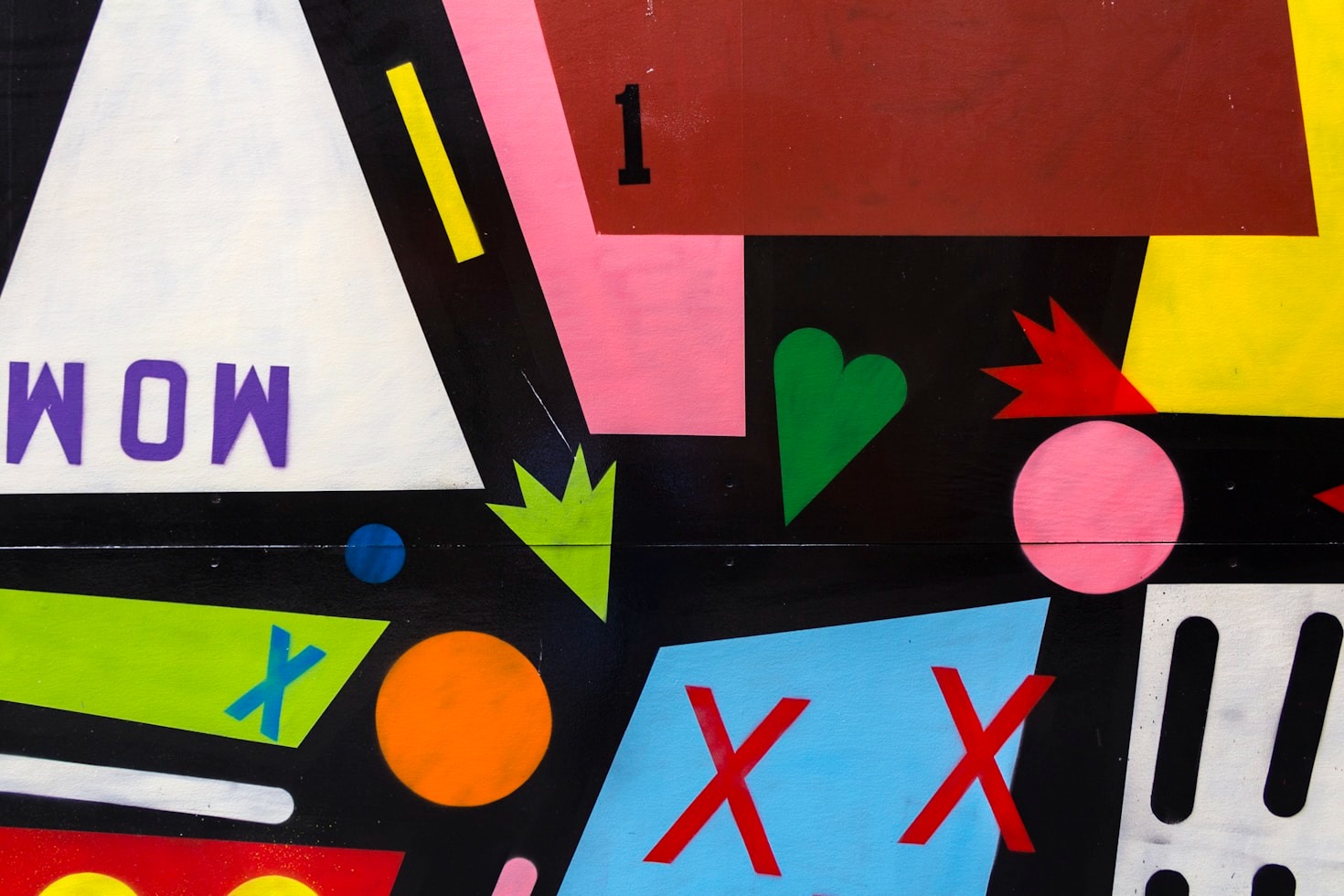The Evolution of Andy Warhol’s Artistic Style: From Commercial Art to Pop Art Icon
Andy Warhol’s journey from a commercial illustrator to a revolutionary pop artist and cultural icon was marked by constant evolution, experimentation, and reinvention. His artistic style transformed over the decades, responding to shifts in consumerism, media, technology, and celebrity culture.
Warhol didn’t just document the modern world—he reshaped it, influencing everything from contemporary advertising to digital art. This article explores the key phases of his artistic evolution, from his early days as a commercial illustrator to his groundbreaking silkscreen portraits, experimental films, and multimedia ventures.
1. The Early Years: Commercial Illustration and Blotted Line Technique (1940s–1950s)
Before Warhol became a household name in the art world, he was a successful commercial illustrator known for his whimsical and elegant drawings.
Key Features of Warhol’s Early Style:
✔ Blotted Line Technique – A hybrid between drawing and printmaking, creating a delicate, sketchy aesthetic.
✔ Hand-Colored Illustrations – Warhol often hand-tinted his prints, making each piece unique.
✔ Fashion & Advertising Influence – His work graced the pages of Harper’s Bazaar, Glamour, and Vogue.
Notable Works:
🎨 Shoe Drawings (1950s) – A series of playful and stylish shoe illustrations, reflecting Warhol’s fascination with commercial art.
🎨 Album Covers – Designed for jazz musicians and pop artists, showcasing his ability to blend fine art with commercialism.
💡 Why It Matters:
Warhol’s early career shaped his approach to mass production and branding, concepts that would later define his pop art movement.
2. The Pop Art Explosion: Mass Production & Silkscreen Prints (1960s)
By the early 1960s, Warhol had abandoned hand-drawn illustration and embraced mechanized mass production as a form of artistic expression. This shift marked the birth of his signature Pop Art style, where he elevated advertising, consumer goods, and celebrities to high art status.
Key Features of Warhol’s Pop Art:
✔ Silkscreen Printing – Allowed for mass production of images, echoing the repetitive nature of advertising.
✔ Bright, Neon Colors – Inspired by billboards, magazines, and commercial packaging.
✔ Repetition & Serial Imagery – Emphasized the over-saturation of images in mass media.
Notable Works:
🎨 Campbell’s Soup Cans (1962) – A series of 32 canvases, each depicting a different soup flavor, turning a mundane product into an art icon.
🎨 Marilyn Diptych (1962) – Repeating images of Marilyn Monroe, half in color, half in black-and-white, symbolizing her life and death.
🎨 Elvis Presley, Mao, and Jackie Kennedy Portraits – Transforming political and entertainment figures into Warhol-branded commodities.
💡 Why It Matters:
Warhol’s Pop Art revolution challenged traditional fine art by proving that mass-produced images could hold artistic value. His work predicted today’s celebrity branding and digital virality.
3. The Factory Years: Multimedia, Film, and Performance Art (Mid-1960s–1970s)
Warhol’s Factory wasn’t just a studio—it was a cultural hub where art, fashion, music, and celebrity culture collided. During this period, Warhol expanded beyond painting into experimental filmmaking, multimedia art, and conceptual projects.
Key Features of Warhol’s Multimedia Style:
✔ Experimental Films – Minimalist, repetitive, and often shocking, exploring themes of voyeurism and fame.
✔ Performance & Interactive Art – Warhol’s studio became a stage for live events, rock music, and avant-garde theater.
✔ Collaborations with Musicians – Worked with The Velvet Underground, Mick Jagger, and Debbie Harry.
Notable Works:
🎥 Empire (1964) – An eight-hour static shot of the Empire State Building, challenging ideas of time and patience in cinema.
🎥 Chelsea Girls (1966) – A split-screen film following Warhol’s inner circle, blending raw realism with experimental techniques.
🎥 Andy Warhol’s Screen Tests – Black-and-white, silent film portraits of celebrities and unknowns, turning ordinary moments into high art.
💡 Why It Matters:
Warhol’s Factory years blurred the lines between celebrity, art, and business, paving the way for modern performance art, music videos, and reality TV.
4. Late Period: Business Art & High Society (1970s–1980s)
In the 1970s and ‘80s, Warhol’s work became more commercial, political, and luxury-driven. His focus shifted to:
✔ High-profile commissions – Painting rich socialites, celebrities, and politicians.
✔ Corporate Branding – Designing artwork for Absolut Vodka, Levi’s, and Perrier.
✔ Political & Religious Themes – Exploring death, consumerism, and spirituality in later works.
Notable Works:
🎨 Dollar Sign Series (1981) – Brightly colored $ symbols, directly linking art to money.
🎨 The Last Supper Series (1986) – Reinterpreting Leonardo da Vinci’s masterpiece in neon colors and commercial styles.
🎨 Self-Portrait (1986) – A haunting, shadowy image of Warhol, reflecting on his own mortality.
💡 Why It Matters:
Warhol’s later years cemented his status as both an artist and a businessman, showing that art could be a luxury product marketed like a brand.
Final Thoughts: Warhol’s Lasting Influence
Andy Warhol’s artistic evolution—from commercial illustrator to Pop Art icon to experimental filmmaker and media mogul—shaped modern visual culture in profound ways.
🔮 Warhol’s Lasting Impact:
✔ Predicted celebrity branding and influencer culture.
✔ Blurred the lines between art, advertising, and commerce.
✔ Pioneered mass production techniques that inspire digital and NFT artists today.
Warhol famously said:
🗨 “They always say time changes things, but you actually have to change them yourself.”
And that’s exactly what he did—he didn’t just follow trends, he created them.
What’s Next?
📖 Warhol’s Filmmaking: How He Redefined Cinema
🎨 The Influence of Warhol on Social Media & Digital Branding
💡 What Would Warhol Think of NFTs and AI Art?
💬 Which Warhol era is your favorite? Let’s discuss! 🚀🔥


Leave a Reply